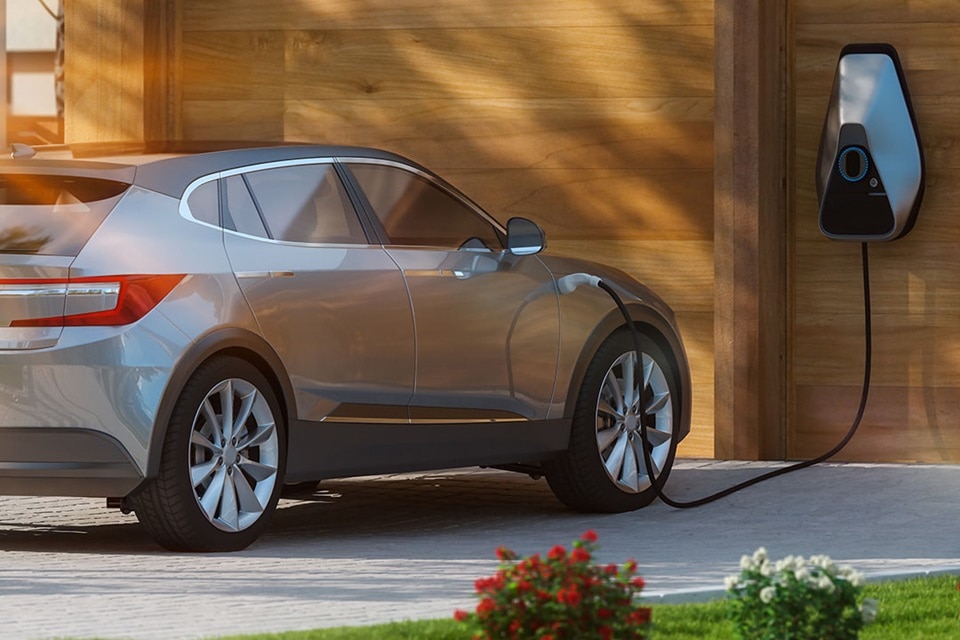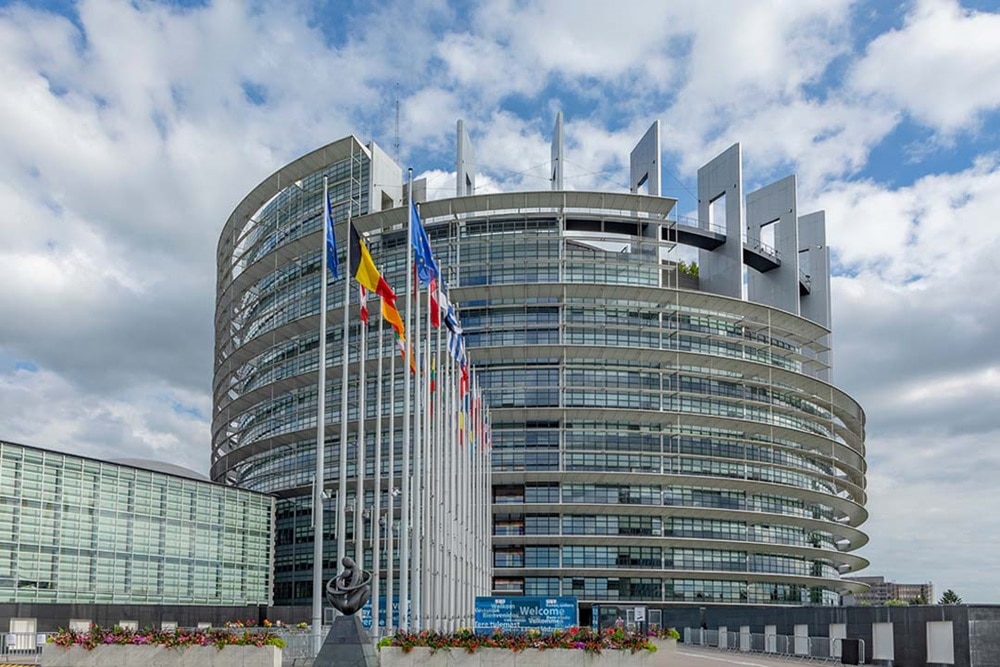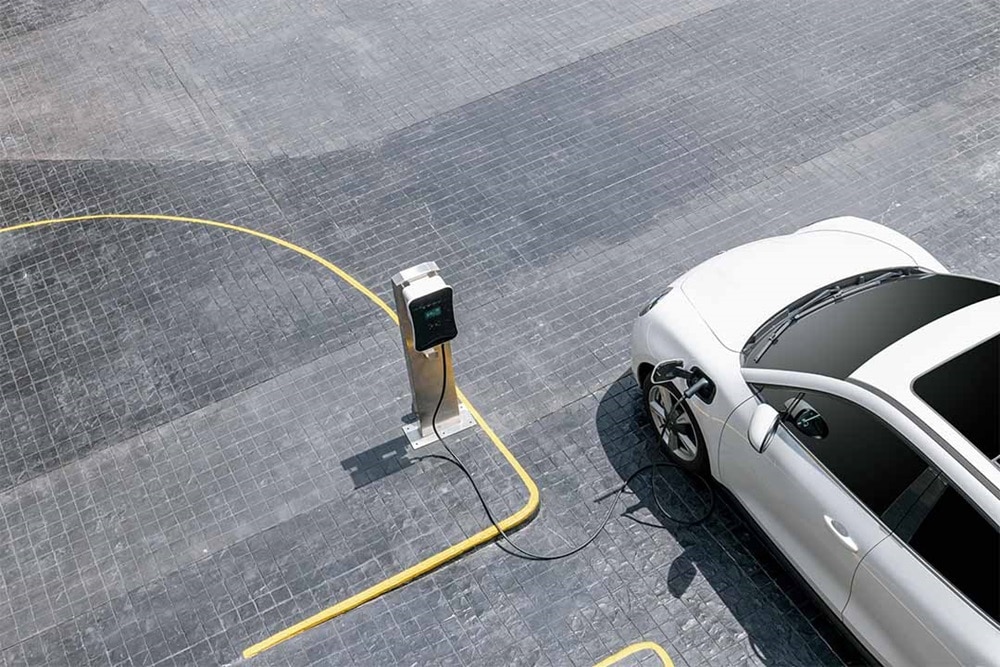Bidirectional charging: how two key markets encourage change

For bidirectional (BiDi) charging to reach its full potential, helpful legislation is critical. Governments and regulatory bodies need to create new legal frameworks. These should lower barriers to entry while encouraging both drivers and energy providers to adopt BiDi systems.
This could include financial incentives for installing BiDi chargers, new pricing models or even direct payments for energy fed back into the grid. Without these incentives, the added value for drivers and energy providers could be limited, hurting wider adoption. A smart legal framework, however, can help ensure that BiDi systems fit smoothly into existing infrastructures. This will help them reach their full potential to enhance grid stability and promote renewable energy usage.
Below we explore legal trends in two major BiDi markets – Europe and the USA – and look at some ideas to help foster its wider adoption.
What is bidirectional charging and why is it important for a greener grid?
Bidirectional (BiDi) charging allows electric vehicles (EVs) to provide energy back to buildings or the grid. With BiDi, an EV can act as a mobile energy storage unit. Common forms of BiDi include “Vehicle to Grid” (V2G), “Vehicle to Home” (V2H) and “Vehicle to Everything” (V2X). V2G, for example, can help stabilise the electrical grid by supplying power back to the grid during peak demand. It can also store excess energy that would otherwise be lost if it is not consumed. On the smaller scale of V2H, the technology can help improve the energy independence of homes with photovoltaic systems. In light of this, BiDi has the potential to make EVs an integral part of renewable energy systems. And it can help mitigate the sporadic nature of solar and wind power. When done right, BiDi can optimise energy usage, contribute to grid resilience and offer financial benefits to EV owners.
More on bidirectional charging.
The Legal Landscape of BiDi Charging in Europe: Trends and Developments

Countries like Germany are already taking specific actions. Here, lawmakers introduced new subsidies for BiDi charging infrastructure in September 2023. These are designed to ease the financial cost of setting up BiDi-compatible systems and encourage wider adoption among consumers. However, barriers still exist, such as the availability of BiDi-enabled Wallboxes and the issue of double taxation. In some places, electricity fed back into the grid is subject to tax both when drawn and when returned. Efforts are underway to amend these taxation laws in Germany and make BiDi more financially attractive. Yet the issue remains new, unfamiliar territory to politicians. In fact, the recent coalition agreement only briefly mentioned BiDi without getting into specifics.
Denmark is advancing measures to integrate electric vehicles with its wind energy grid, as shown by the Parker project. Here, electric cars from different makers showed their ability to support the grid during peak wind production.
In the Netherlands, the Living Lab for Smart Charging initiative represents a significant step forward. The project aims to transform the entire country into a testing ground for smart charging. It includes a focus on BiDi technologies and maximising the use of renewable energy.
In the UK, the EV-velocity project is a notable pilot programme. It involves several industry and academic partners working together to assess V2G technology in diverse settings. It focuses on private and commercial use while aligning with the nation's net-zero emission goals.
American Policies Driving Bidirectional Charging Innovation
The Biden-Harris Administration's fact sheet reveals efforts towards standardising the EV charging landscape. Here, the General Services Administration (GSA) is actively piloting EV charging innovations, including BiDi. This initiative, in collaboration with the Department of Energy, reveals interest in exploring BiDi as part of the broader national EV infrastructure.
The National Electric Vehicle Infrastructure (NEVI) programme’s guidance on how to spend federal funds for charging infrastructure could potentially include BiDi-specific regulations. The emphasis on coordinated federal actions, such as the creation of a Joint Office of Energy and Transportation, signals increasing support for solutions like BiDi.
California has taken a pioneering step by introducing a bill mandating bidirectional charging for all battery electric vehicles by 2027. The legislation has set in motion a comprehensive review process. As part of this, a stakeholder workgroup will explore the costs, benefits and interoperability associated with BiDi.
The group is expected to deliver a report by January 2025. The bill is backed by The Climate Center and over 60 environmental groups.
It aims to utilise the projected eight million electric cars on California roads by 2030 as a source of dispatchable electricity. This would provide great support for the state's renewable energy grid.

If passed, the legislation would effectively compel manufacturers to offer V2G-ready cars. The Nissan Leaf is currently the only fully V2G-ready car available in the U.S. The state's new bill arrives alongside other ambitious clean vehicle ruels, such as the Advanced Clean Fleets rule. Together, these mandates amplify California's role as a trendsetter in environmental policy and EV integration. As one of the world's largest car markets, California’s laws often have a ripple effect on the broader U.S. car market. This, in turn, affects automakers worldwide.
Optimizing Charging Infrastructure for Vehicle to Grid (V2G) Success
The German Association of the Automotive Industry (VDA) has released a position paper discussing the future of the charging infrastructure in Germany and Europe. The paper highlights the potential role of BiDi in relieving grid stress. The VDA advocates for creating a legal framework to accommodate BiDi. It suggests using dynamic grid fees and an independent definition of "mobile storage" to regulate its use. The paper also encourages using BiDi to balance renewable energy feed-in peaks, thereby increasing the efficiency of grids. Given Germany's influential role in the global automotive and energy sectors, this guidance could serve as a blueprint for other countries looking at BiDi.
The path to global BiDi adoption hinges on global cooperation and standards. Local and national efforts can act as powerful catalysts. However, the true potential of BiDi can only be realised when there's a universal set of standards for carmakers, energy providers and governments. Cross-border functionality will facilitate a smoother user experience and encourage investment in BiDi.
In a world that needs renewable energy and stable grids, global BiDi standards could help harmonise energy use and accelerate the transition to eco-friendly transport and power systems.

Charting the Course for Widespread Adoption of Bidirectional Charging
As we look to the future, it appears that policies in both Europe and the United States are becoming more BiDi friendly. Europe's collective and country-specific initiatives, along with the U.S. federal and state-level actions, notably California's, are creating a more favourable environment.
However, for BiDi to become more popular, it's vital that these rules translate into real benefits for drivers. They must ensure compatibility across national and state borders. European rules, for example, must facilitate energy flexibility. That would mean that solar energy charged in Germany could be fed into the energy market in France, for example. In the U.S., facilitating similar functionality across state borders is equally essential. Lawmakers should consider financial benefits like subsidies, tax credits and rebates to encourage the adoption of BiDi. This approach will enable seamless integration, while enhancing the functionality and appeal of BiDi.
To fully harness the power of BiDi, global collaboration on fiscal incentives and international standards is vital. Such cooperation will pave the way for wider adoption, making BiDi a key component in sustainable and resilient energy systems.
